Forgive me if this question is a duplicate, I looked around but did not see anything that quite fit.
The scenario: I found a box of old FM receivers, the kinds used (I think) for assistive listening or something like it, from Williams Sound, evidently. They had been sitting around for some years. I cleaned out the battery cases (the old AAs had leaked something awful) and voila, they work. But of course, there is no nearby source of 72-76 MHz signal.
In any case, for my students, I thought it might be a fun experiment to show that you can generate a radio signal with a spark gap (or something similar), and use the FM receivers to prove that it happens. I don't expect sound or anything like it; just to hear a bunch of clicks or a buzz would be fine.
We also have an old Wimshurst machine that could generate some sparks with a little TLC. (Needs some dust-off, the thing is pretty old). I wasn't sure if that could generate a signal in the right range. (I mean, you can only crank the thing so fast with your arms).
Anyhow, the point would be the show that sparks generate radio signals. Intuitively I would think that even though the receivers are set up for picking up FM signals (and they aren't analog, clearly) they should "hear" a spark gap transmitter provided it is oscillating at the relevant frequency, and even though any modulation on the signal will be amplitude (since the only thing I can vary is the current going in). I would expect to hear a "click" or "pop" in the receiver every time the spark goes off.
So the question is: is it feasible to make a spark gap transmitter in the relevant frequency range given the stuff I have (Picture a high school that hasn't got much in the way of equipment, but I have a lot of magnet wire, some breadboards, simple electronic components, and some stuff that clearly dates back to the analog era). Would such a thing be able to transmit in the 72 MHz range?
And if anyone has good ideas for setting up an experiment/demo like this I am all ears. I was just trying to find a good use for a bunch of receivers discovered in the back of a closet.
